At Glasstire, we’re always paying attention to art books from Texas and beyond. We’re also, occasionally, picking up old books that we haven’t quite gotten around to yet, or may have newly stumbled upon. Here’s a short list of publications that stood out to our staff in 2023.
****
Jessica Fuentes
Carter Handbook, published by the Amon Carter Museum of American Art.
Having worked at the Amon Carter Museum of American Art prior to joining Glasstire, I have been anxiously awaiting this publication, which has been years in the making. The Carter Handbook is the new collection guide for the museum; it replaces the previous An American Collection: Works from the Amon Carter Museum, published in 2002. While the last guide was beautifully designed and included illustrations of 125 works, this new guide features nearly 300 works of art with a heavy emphasis on photography, which (with almost 50,000 photographs) makes up the largest section of the museum’s collection. This edition features an introduction by Andrew Walker, the Executive Director of the Carter, and section text written by Kristen Gaylord, the former Associate Curator of Photographs, and Spencer Wigmore, the former Associate Curator of Paintings, Sculpture, and Works on Paper.
The book is split into twelve sections, which focus on various collections such as the Amon G. Carter Collection, comprised of works collected by Mr. Carter prior to the establishment of the museum; the Mary Everhard Collection, a historic photographic collection of portraits, including hundreds of photographs of Black Americans from the late 1800s; the Tamarind Lithography Workshop collection, of which the Carter maintains nearly every editioned print created through the workshop from 1963 to 1970, including works by Ruth Asawa, Louise Nevelson, Ed Ruscha, Rufino Tamayo, and Charles White; and so much more.
Mona Hatoum: Terra Infirma, published by The Menil Collection.
Earlier this year, on the occasion of Ruby City’s opening for its exhibition Water Ways, which among other collection works features a newly acquired piece by Mona Hatoum, I had the opportunity to meet the artist. Through our conversation, I learned about the Menil’s book Mona Hatoum: Terra Infirma, published in 2017 in conjunction with her exhibition of the same title. Though I have been a longtime admirer of Hatoum’s work, I did not have the opportunity to visit Houston to see the show. This beautiful and thorough catalog is a perfect example of the necessity of exhibition publications, as they have the ability to live longer in the art canon, expand the reach of an artist’s work, and add to scholarship about an artist and their practice.
The publication has a foreword by Rebecca Rabinow, the Director of the Menil, and Cara Starke, the Director of the Pulitzer Arts Foundation. It includes essays by Michelle White, Senior Curator at the Menil; art historian Anna C. Chave; writer, historian, an activist Rebecca Solnit; and writer Adania Shibli. The book takes on the monumental task of capturing the sensibility of Hatoum’s often experiential work. Over nearly 200 pages, the authors provide insightful context while making connections across Hatoum’s expansive career.
Latin American Artists: From 1795 to Now, published by Phaidon Press.
A much-anticipated book this year was Latin American Artists: From 1795 to Now, a survey featuring 308 modern and contemporary artists born or based in Latin America. With an introduction by Denver Art Museum curator Raphael Fonseca, the book itself was created in collaboration with a panel of 68 advisors and writers. Clearly, Phaidon’s editors understood the complexity of putting together such a wide-ranging survey.
The 352-page publication features both historic and living artists, some of whom are well known and others who are less known outside of their countries of origin. Some of the expected artists that are included are Felix Gonzalez-Torres, Carmen Herrera, Frida Kahlo, Marisol, Ana Mendieta, Vik Muniz, José Clemente Orozco, Diego Rivera, David Alfaro Siqueiros and Joaquín Torres-García. While it is always important to include these well-established and significant artists (who have, to some extent, at least made it into the Western art historical canon), the best part of the book for me was learning about artists I had not been previously exposed to. With each artist receiving a singular page, this book becomes a springboard from which to launch into deeper study elsewhere. As such, it is an important and necessary resource that has been missing from art literature.
****
Leslie Moody Castro
Glasstire.com.
Whenever I sit down to read for funsies, I choose not to read things related to art. Glasstire has provided plenty of professional art reading over the last two years, and I absolutely love it, but sometimes this girl needs a break (see my non-art-related recs below).
Basket Books & Art in Houston.
I went to Basket Books & Art in Houston for the first time only a few days ago with the entire Glasstire team. What a gem of a place. It has everything us art people love: a wide selection of book choices, many — but not all — geared towards the visual arts, and an exhibition space upstairs. We were there for a long time, and we could have been there for hours longer.
The Seven Husbands of Evelyn Hugo by Taylor Jenkins Reid, published by Atria Books.
The Seven Husbands of Evelyn Hugo is a wonderful and tragic story that takes a lot of surprising turns. In the end it’s a love story, albeit an unconventional one, which is always something I can get behind. It was a pleasure to read; I’ve recommended it to everyone all year.
Lessons in Chemistry: A Novel by Bonnie Garmus, published by Doubleday.
This is an unapologetic story of a feminist trying to make her way in the workplace of a conservative 1960s United States. The protagonist’s story is actually not unique, but the ways in which she navigates the systems and comes out on top results in a feel-good story that never strays from the problematic undertones that still exist.
****
William Sarradet
Because I shifted a portion of my art commute to public transit, I was able to read more books and literature this year. The practice of reading while commuting undoubtedly transformed my year in art.
Periodicals are enjoyable on a train or bus ride. I picked up issues of the Brooklyn Rail from Dallas stockist Deep Vellum Books; it is a surprisingly dense publication, and is great for keeping up with art in New York. Usually, I got my copy after attending the monthly book club held at Deep Vellum’s storefront in the center of Dallas. On the theme of navigating the city, I also acquired A Pedestrian’s Recent History of Dallas (published by La Reunion Publishing), a photobook by Zac Crain. His ant’s-eye view of the city is reassuring that some creatives are still quite interested in life at the street level.
There were many exhibition catalogues that piqued my interest this year, though I always especially enjoy those from the Meadows Museum. They showcase some of the most in-depth historical research out of any exhibition program in the state; in this vein Spanish Light: Sorolla in American Collections does not disappoint.
Comics and graphic novels are an infrequent part of my book collecting, but when something interesting comes along, it is obvious. At the 2023 iteration of the Dallas Zine Fest, I came across Tales From the Richy Vegas Psychoverse, sold at a table by the author himself. The narrative structure of this volume makes use of the non-linear compositional structure that comics allow: the main character speaks to us from the bottom of the page as the story unfolds over his head.
Xtine Burrough and Judy Waldgren co-edited a journal of academic writings by the exhibiting artists of Art as Social Practice: Technology for Change at SP/N Gallery in Richardson. The journal format is more literary than an exhibition catalog, and I was taken aback (in a good way) by the sheer amount of writing contained within the book. I have thumbed through it all year long.
After seeing Carriage, Bearance, Severance, a three-part performance by Matty Davis and Ben Gould at Dallas Contemporary, I felt like I could use some brushing up on the theory and practice behind physical action in art. Fortunately, the artist duo compiled a series of writings on their performance, which outlines some of the techniques they employ in their work. If a work has been developed for some time, it may warrant its own publication.
****
Brandon Zech
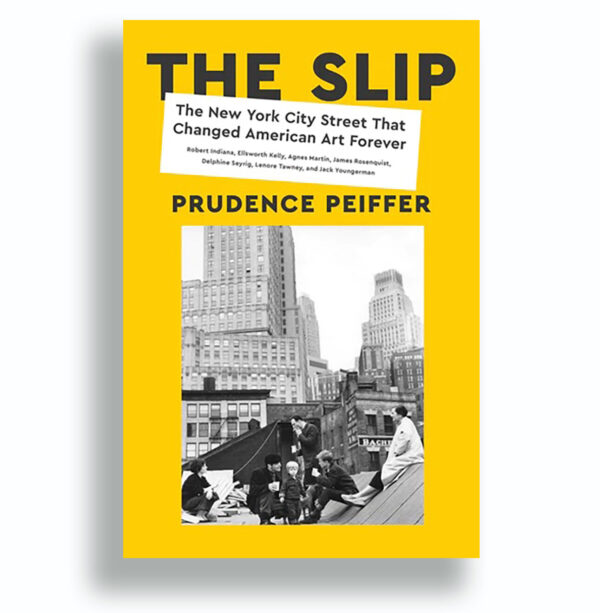
“The Slip: The New York City Street That Changed American Art Forever” by Prudence Peiffer, published by HarperCollins Publishers
The Slip: The New York City Street That Changed American Art Forever by Prudence Peiffer, published by HarperCollins Publishers.
The Slip reminded me of the much-lauded book Ninth Street Women: both are portraits of a group of artists working in a specific place during a specific time. These kinds of books are a sort of Rosetta stone for anyone trying to find their place and determine what kind of impact they want to have on the world. Being recognized doesn’t come easily, and “making it” requires a community to help lift you up; tortured solitude only gets you so far.
In The Slip, we meet a generation of artists who are primed for varying levels of stardom — Ellsworth Kelly, Jack Youngerman, James Rosenquist, Lenore Tawney, Robert Indiana, et al. — in the nascent stage of their careers. Moreover, any book about art in New York becomes, rewardingly, a history of the city itself. It is encouraging to read about the trials, tribulations, ups, downs, and ways of life of people who hadn’t had it all figured it, but later go on to do great things.
Vincent Valdez: In Memory, published by Radius Books.
In preparation for his forthcoming solo exhibition co-organized by MASS MoCA and the Contemporary Arts Museum Houston, I’ve been flipping through a new monograph of Vincent Valdez’s work, which was published in April by Radius Books. Housed in a handsome plastic slipcase, this beautifully designed hardcover publication features an interview between the artist and Roberto Tejada, along with a poem by Rufus Wainwright and an essay by Denise Markonish of MASS MoCA.
To accommodate Valdez’s large-format paintings and drawings, the book features numerous fold-outs and close-ups, which really allow you to engage with the works. It is rewarding to see top-tier Texas artists getting their due; this first-ever major publication of Valdez’s work is a home run.
Vermeer, published by Thames & Hudson.
As much as I adore thick, glossy art books, there is no substitute for seeing artwork in person. However, if the artworks in question are spread throughout institutions on multiple continents, and you’re unable to attend (what is billed as) the one show in your lifetime to bring them together, then a catalog is the next best thing.
In a sense, it seems like it’d be hard to publish a book saying anything new about Johannes Vermeer, since he only has a few dozen known paintings. But when you’re able to amass those works physically in one place, the outpouring of scholarship (aided by technological advances made since the last big Vermeer show, in Washington D.C.) is robust. This isn’t a book for casual reading; instead, it is very much for the nerdy art purists who delight in digging into provenance information (there’s a full listing for each work), close-ups of aged, cracked paint (there are only so many images to draw on, after all), and robust visual and historical analysis. I can tell that even after spending a few months with this book I haven’t even scratched its surface.
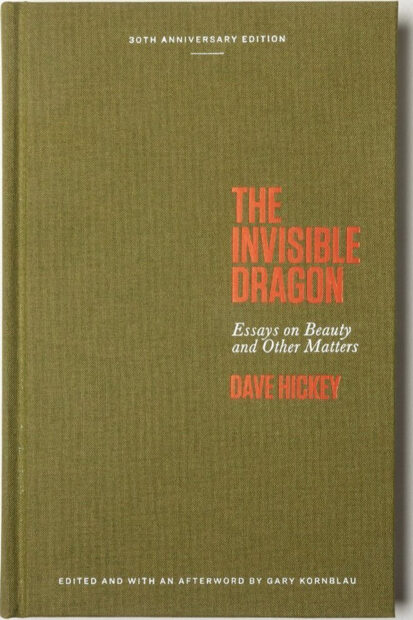
“The Invisible Dragon: Essays on Beauty and Other Matters” by Dave Hickey, 30th Anniversary Edition, published by Art Issues Press
The Invisible Dragon: Essays on Beauty and Other Matters by Dave Hickey, 30th Anniversary Edition, published by Art Issues Press.
There’s not much I can say about Dave Hickey’s writing that hasn’t already been said. The Invisible Dragon, which was published by Art Issues Press in 1993, is an iconic four-essay book that changed many people’s perceptions about beauty in art. Now, 30 years on, in an anniversary edition of the book, Art Issues has included a few other sometimes hard to find essays by Hickey: about Dolly Parton, Richard Pryor, Ed Ruscha, John Rechy’s novel Numbers, and, fittingly, about writing itself.
Hickey was an American boy through and through, and it has been rewarding to see writing by this of-his-time, brash, smart, funny, raunchy, sweet, and honest critic thrust back into the limelight.
(Also, as a bonus, don’t miss Life As We Know It, an album of songs written by Hickey, which has been released in conjunction with the book.)
****
See our favorite art books lists from previous years below:
—Our Favorite Art Books of 2022
—Our Favorite Art Books of 2021



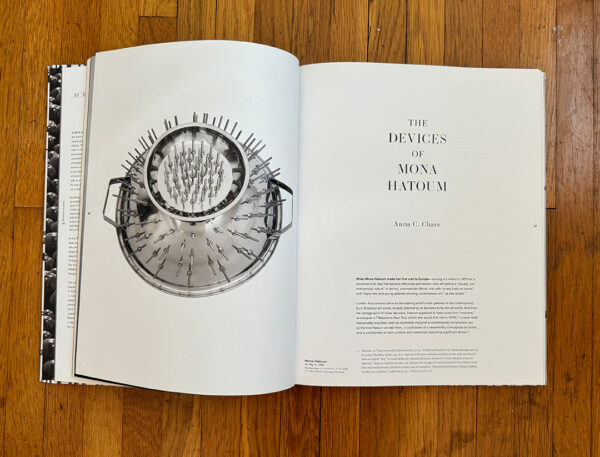
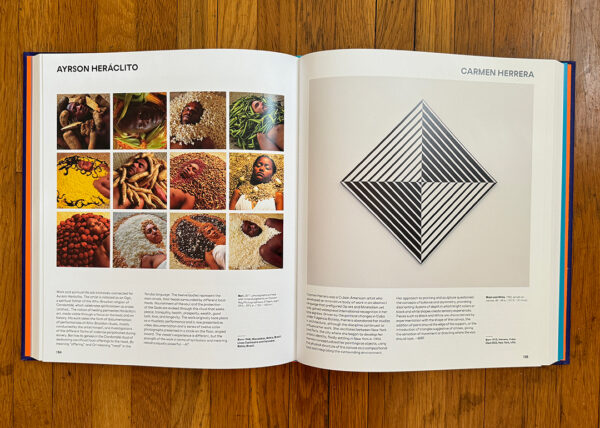

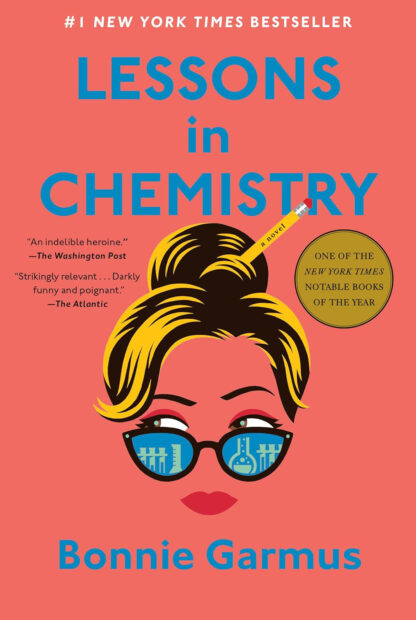
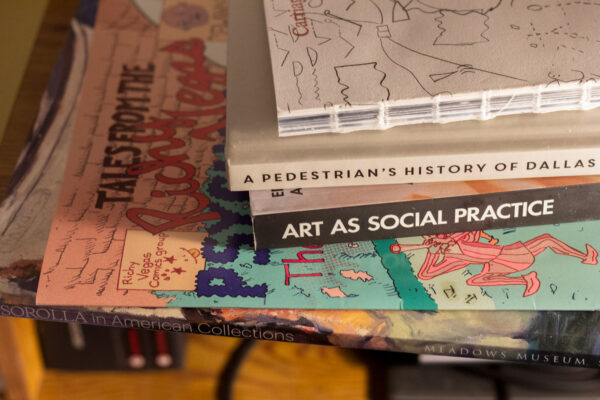
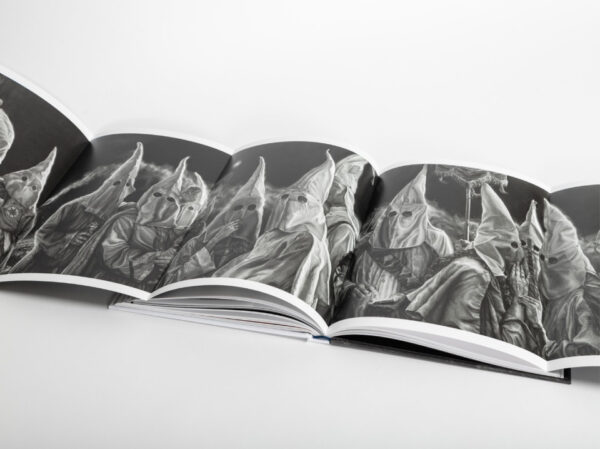
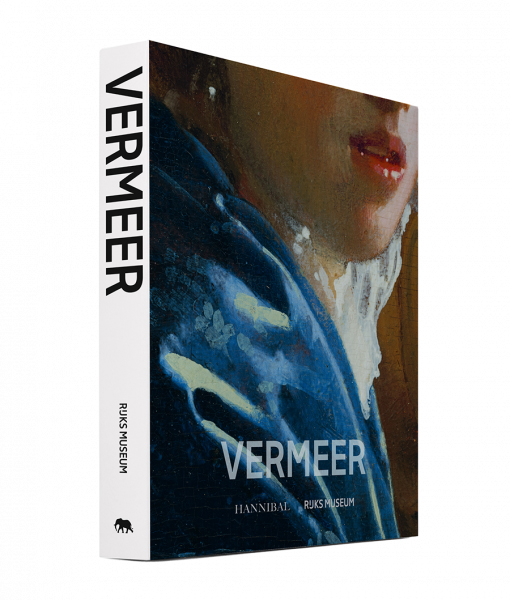


2 comments
Just ordered the Dave Hickey album. Thanks for the tip!
Thank you Jessica Fuentes for including Latin American Artists: From 1795 to Now, published by Phaidon Press. I’m proud to share that our own Simón Vega and Abigail Reyes, are included in the publication. Vega’s last solo show in Texas was in 2022 (his solo show at the Parrish Museum opens in February this year) and Reyes had her first solo exhibition in the US at our space in 2021.
Mil gracias!